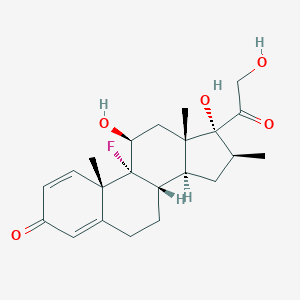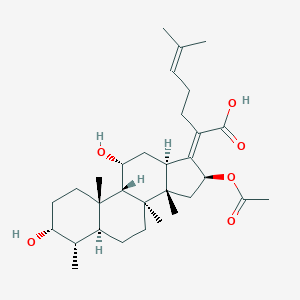Corticosteroid-responsive dermatoses with secondary infection
Adult: Available preparations
Each cream contains betamethasone valerate 0.1 % and fusidic acid 2%
Each cream contains betamethasone dipropionate 0.064% and fusidic acid 2%
Each oint contains betamethasone dipropionate 0.064% and sodium fusidate 2%
Apply onto affected area(s) bid. Max duration: 2 weeks.
Each cream contains betamethasone valerate 0.1 % and fusidic acid 2%
Each cream contains betamethasone dipropionate 0.064% and fusidic acid 2%
Each oint contains betamethasone dipropionate 0.064% and sodium fusidate 2%
Apply onto affected area(s) bid. Max duration: 2 weeks.




 Sign Out
Sign Out





